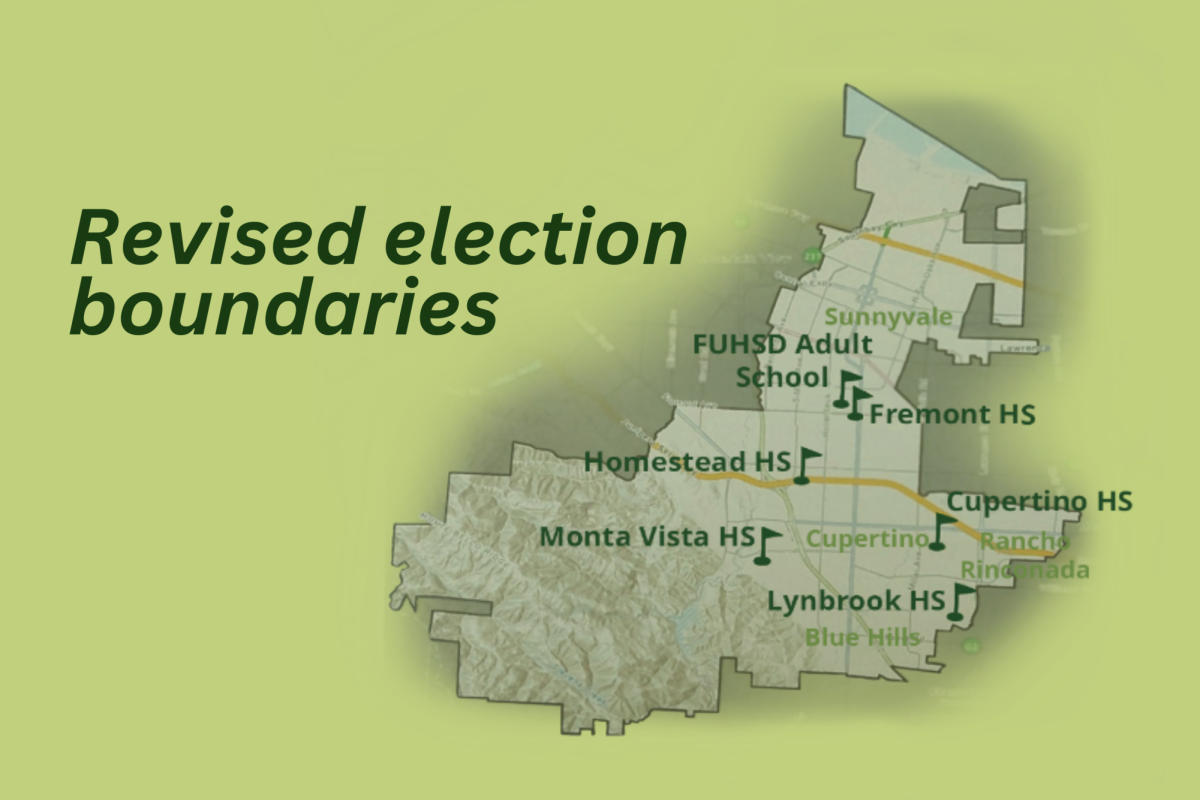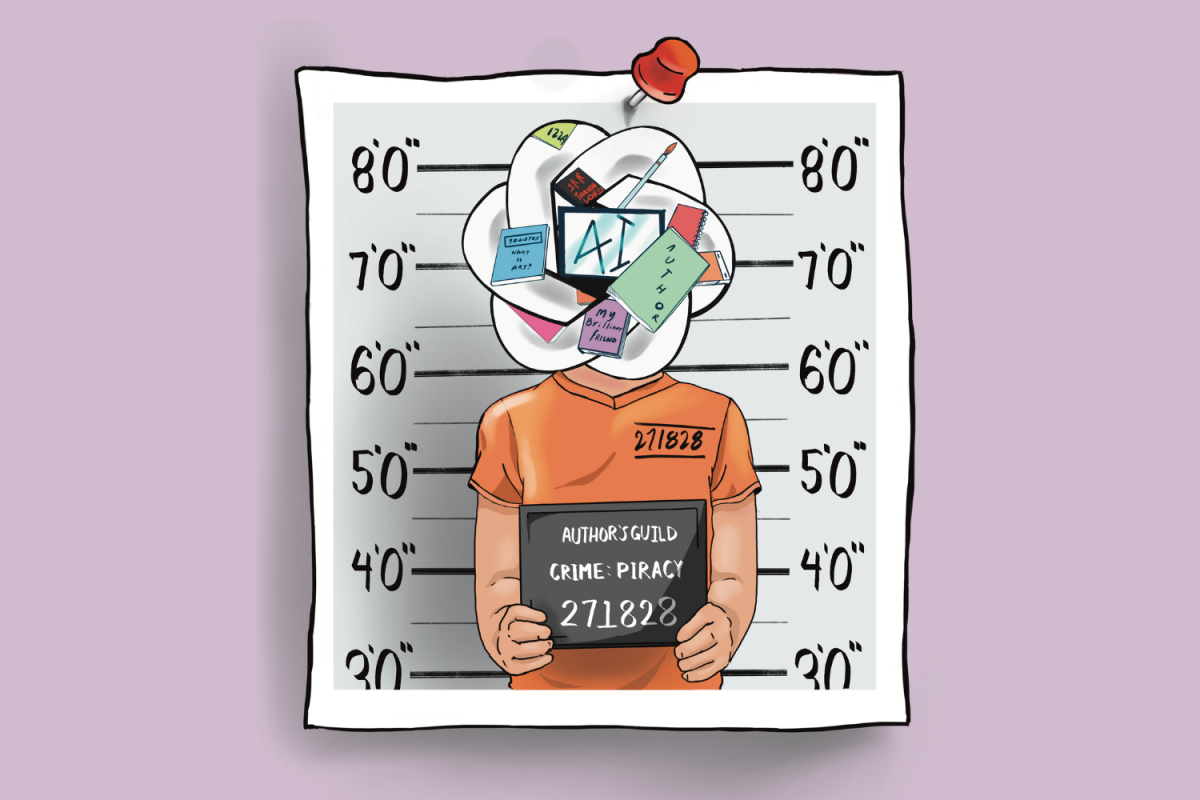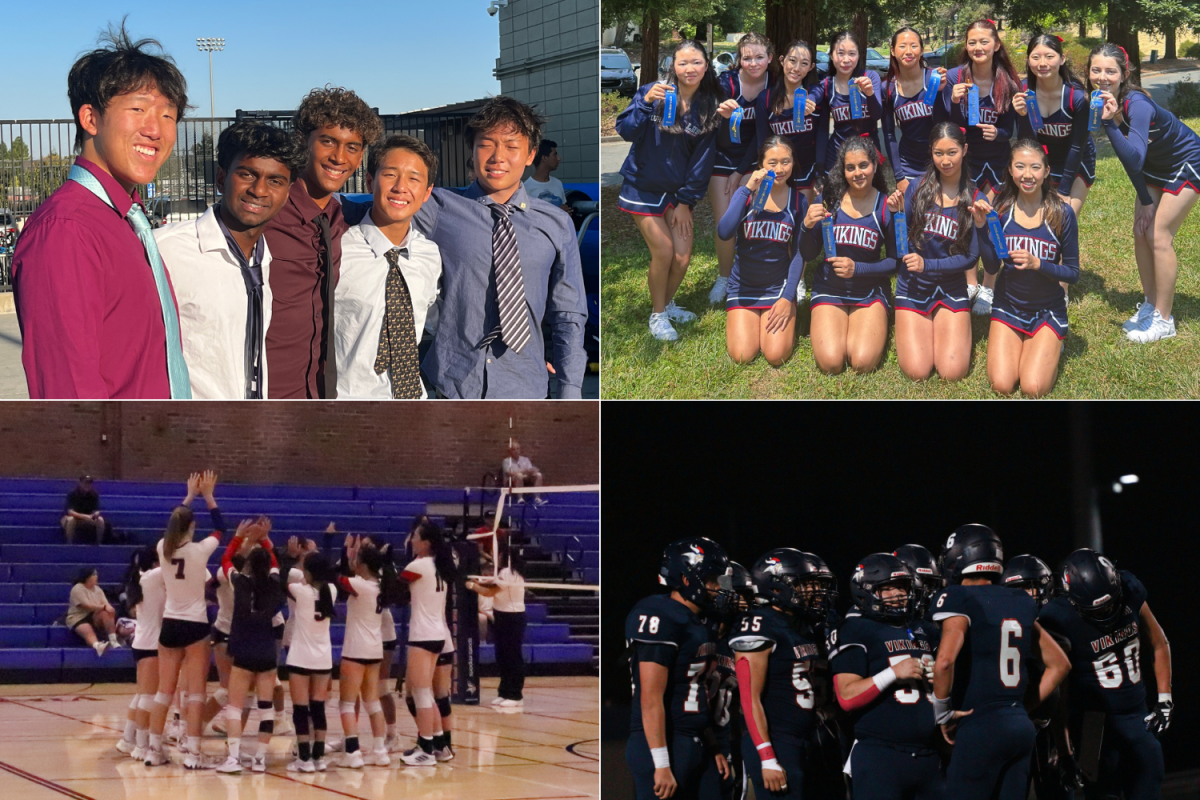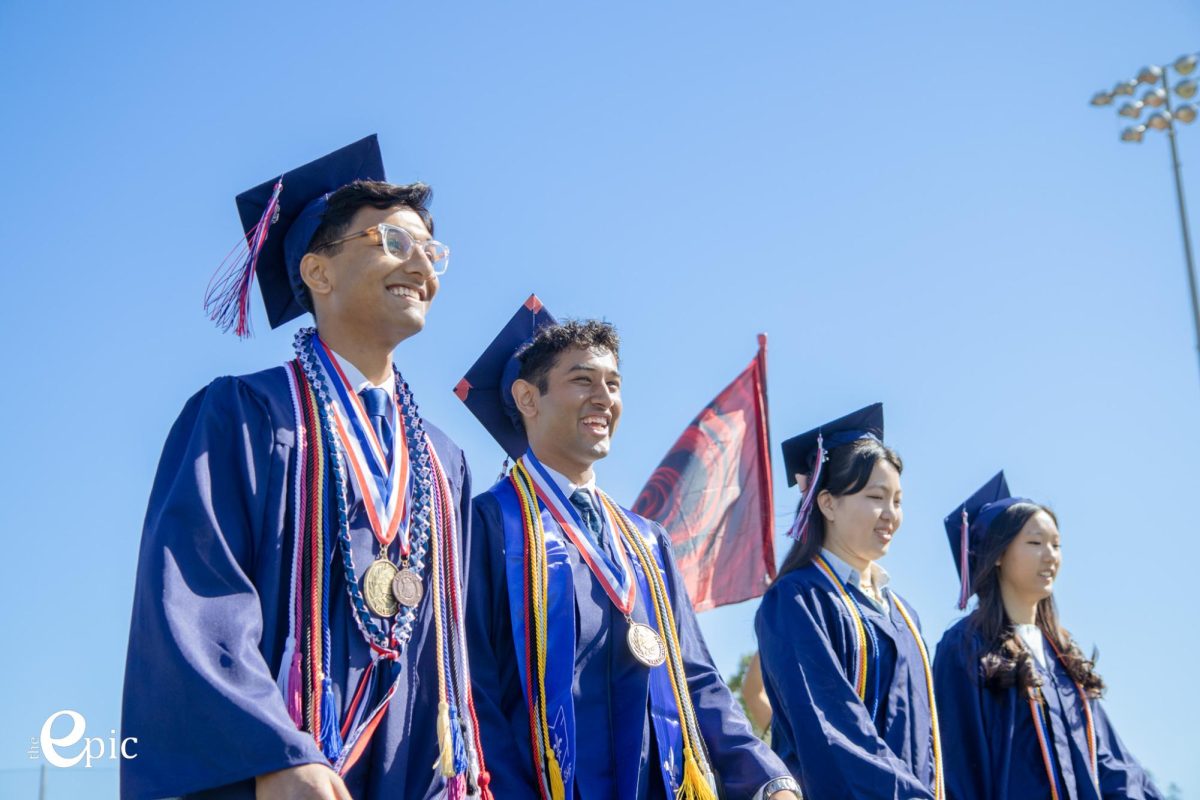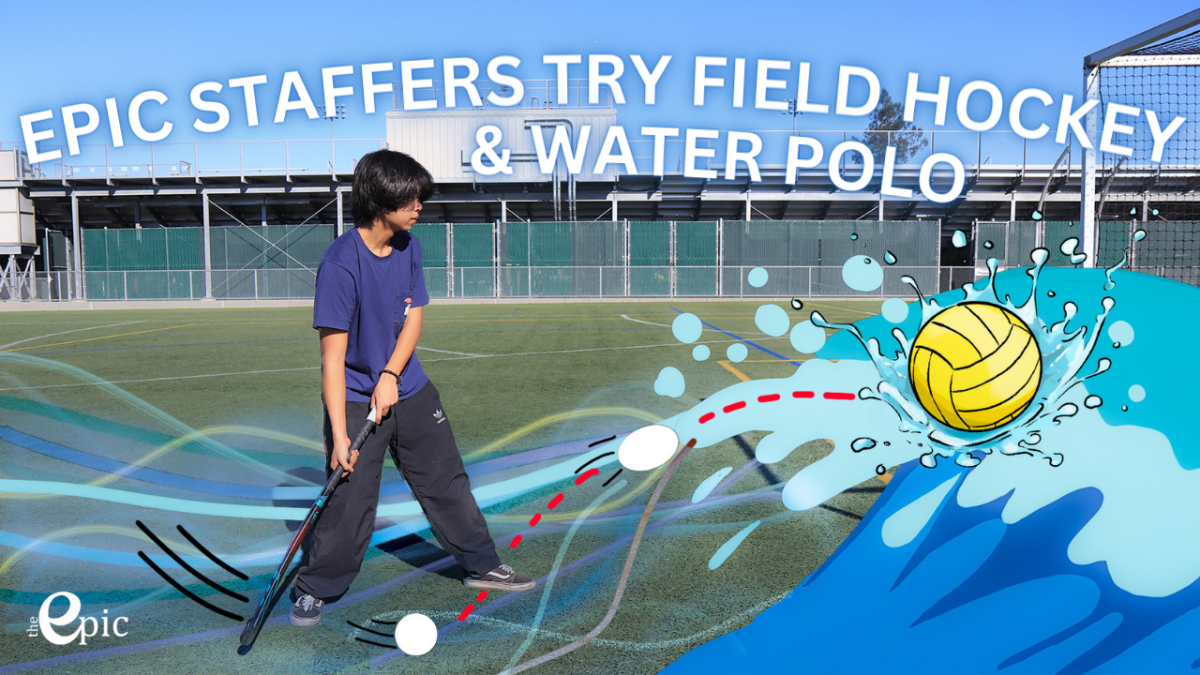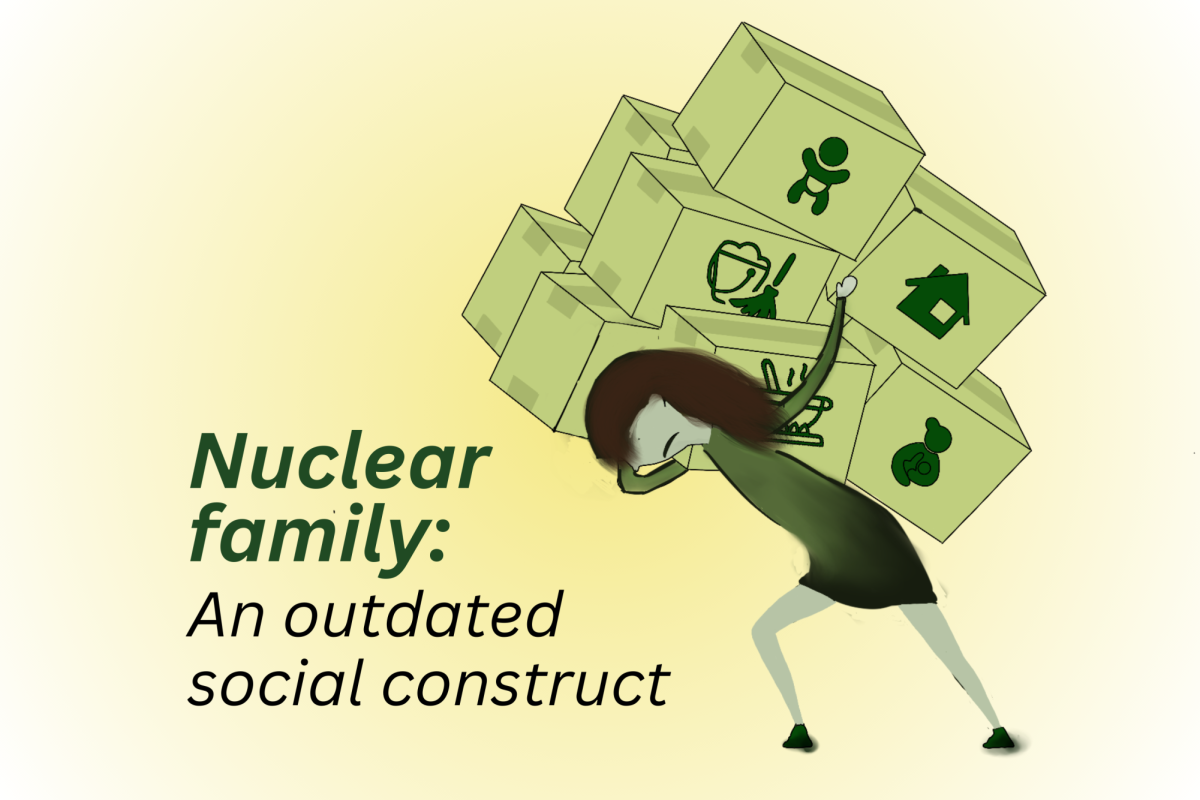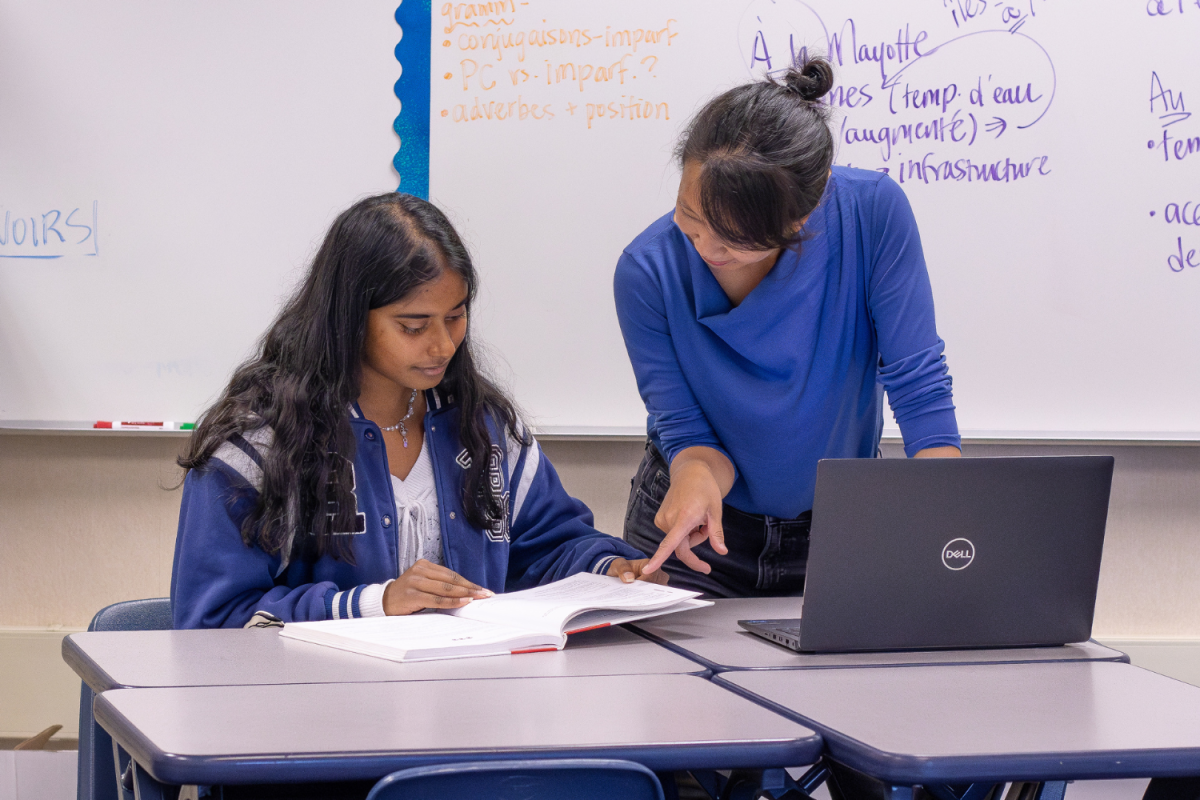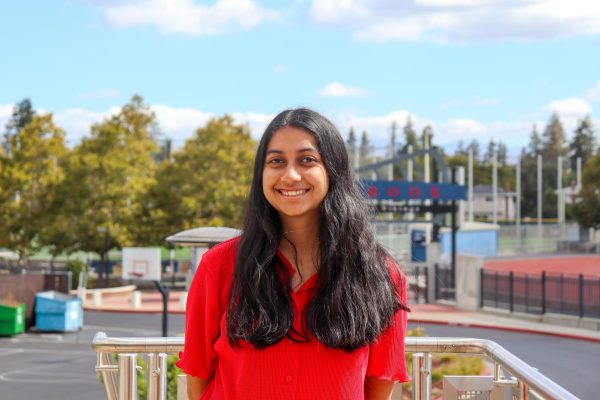The California Voting Rights Act of 2001 restricts the use of At-Large elections if groups are being disenfranchised or underrepresented. In the At-Large method, eligible candidates are pooled from across the district and gain votes from voters throughout its boundaries. A long time follower of this method, the FUHSD Board of Trustees, was notified of the law’s restrictions in 2022 and noticed an increasing trend of other districts and agencies transitioning away from this format, encouraging them to do the same. On March 7, the board passed a resolution shifting to By-Trustee Area elections, which are immune to litigation under the CVRA. In this process, voters elect a representative from each of five new subdivisions within the district, who will represent and advocate for their respective sector.
“I think it’ll be a great opportunity for the Board to hear from all different areas,” FUHSD Board of Trustees President Rosa Kim said. “It will bring their area’s perspective into our discussion, and discussion leads to decision making.”
The Board members believe this will bring great prospects for better representation and more equity within the district, since historically, some geographical areas have had few representatives on the board— namely, Northern Sunnyvale. This has created gaps in equity as the demographics in this area are generally of lower income status and underrepresented ethnic groups, largely from the Latinx community. The new method aims to amplify those voices throughout the community and foster a level playing field for all residents. Moreover, each new division intends to contain an equal number of residents allotted under each trustee, to make policymaking more equitable.
“With money comes power. Those who are more resourced have been historically elected to the school board,” FUHSD Board of Trustees clerk Naomi Nakano Matsumoto said. “So when we learn from new people, it opens our lens to what goes on within our district.”
Although FUHSD was not struck with a complaint prompting the shift, numerous agencies, such as local school districts, county and city boards, and community colleges cannot say the same. After seeing others being hit with complaints from community members or lawsuits from local law firms, the board decided to reconsider their election format.
“We saw the writing on the wall, and we decided to preempt it, which allowed us to have a little bit more control,” FUHSD Board of Trustees Vice President Jeff Moe said.
This format also facilitates the process of campaigning, as candidates now only need to campaign for the votes of one fifth of the original area, local to them, which may send a more authentic and effective message to community members.
“It will also make running for the school board more accessible because it’ll be less expensive,” student board representative Elisabeth Floyd said. “The cost of flyers and campaign materials can be cut down, so hopefully strong candidates who weren’t previously able to run can now pursue the opportunity.”
Community members recognized a potential drawback: representatives only advocating for the needs of the school in their designated area, rather than looking at issues holistically from the perspective of the entire district.
“One way to alleviate this is by drawing the lines to include two schools in one area,” Floyd said. “Each area will have some overlap to not bind each area or trustee to a certain school.”
Board members also identified a possible downside of the new format: no candidates running at all. With a smaller scale comes a smaller pool of trustees, and less options for voters.
“Or maybe, somebody says, ‘Hey, no one’s running, I’m going to put my name down,’ ” Moe said. “And then, they would automatically become the board representative, without any voter oversight.”
To determine where these boundaries lie, the Board held two pre-map public hearings on Aug. 22 and Sept. 19 where they collected input from voters and addressed community input. The goal of the pre-map phase was to notify and engage the public.
The Board will soon begin work on the second phase of the transition: map development and adoption. The Board has set three dates to communicate with the public, the first being on Oct. 17 and the latter two at an unannounced date in 2024. At each Map Public Hearing, a demographer will present multiple drafts of potential maps curated with data from the 2020 census and local demographics and complying to all legal requirements. The demographer will hear from the Board and gain perspective from the public to create more equitable maps. Moreover, the Board will host training sessions on how to draw maps using software to encourage submissions of alternative maps from voters. This allows the demographer to tailor the map to the district’s needs.
“A lot of community members were concerned about their community being split up,” Floyd said. “So that’s another reason why we want community members to contribute to maps, so we know how to preserve these communities.”
However, these lines cannot be drawn haphazardly. Not only must each area have a similar number of residents to equally distribute votes, but the boundaries must also be in accordance with the Federal Voting Rights Act. This act outlaws any discriminatory practices preventing citizens from voting or gerrymandering — the manipulation of electoral boundaries to favor a party — a concern frequently voiced in the pre-map hearings. Moreover, each subdivision within the boundary lines must share a common border with at least one other sector and be respectful of the inhabited communities, following pre-established geographic and man-made features.
“When attending the California School Board Association’s Annual Education Conference, the attorneys presenting stated that this is something that school districts might come to.” Nakano-Matsumoto said. “But it was more of a moral decision and we wanted to do the right thing.”
Superintendent Graham Clark announced he would form the Community Trustee Area Districting Commission, a committee consisting of FUHSD residents championing local issues. Through regular meetings, the group aims to effectively synthesize community input and understand the concerns of the voters. It has gained traction through the support from groups such as the Women’s League of Voters and will release information regarding the application process shortly.
“They’re going to gather the maps, review them and convey the input to the board,” Clark said. “It’ll be a starting point for the trustees since it’s kind of cumbersome to do that in a regular board meeting and may not allow them to do the regular work that needs to be done in some cases.”
In order to enhance public outreach, the Board is working on ensuring Spanish and Mandarin language translations for school board meetings to break down any language barriers as well as pop up booths at the FUHSD college fair. They have also sent out information to families through school messaging channels and have used postcards and social media to spread awareness.
“A major concern is the gap in knowledge,” Floyd said. “The main question was, ‘Why are we doing this?’ which the board knows, but clearly hasn’t been communicated well enough. So one thing we took away from the second public hearing is that we need to up the public outreach.” It is important to note that these divisions are unrelated to school attendance boundaries and any adjustments made to the election boundaries will not affect the high school that students residing in the corresponding area can attend.
The implementation stage will follow with the Board finalizing the boundary map after putting it to a vote. The final trustee area will be sent to the county’s voting registrar in 2024 to be used in the Nov. 8, 2024 Board of Trustees election.
“We’re excited to move forward with this change.” Clark said. “If we do it right, it will be helpful to the district long term.”






















































